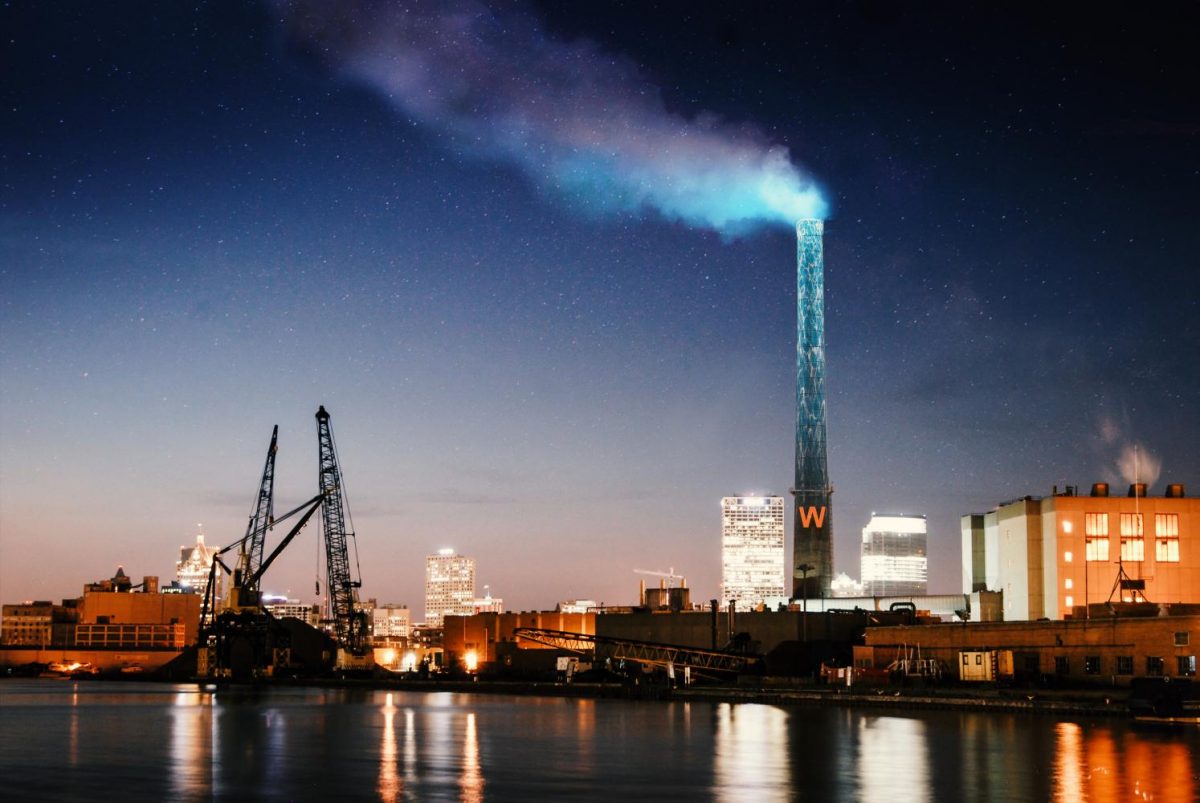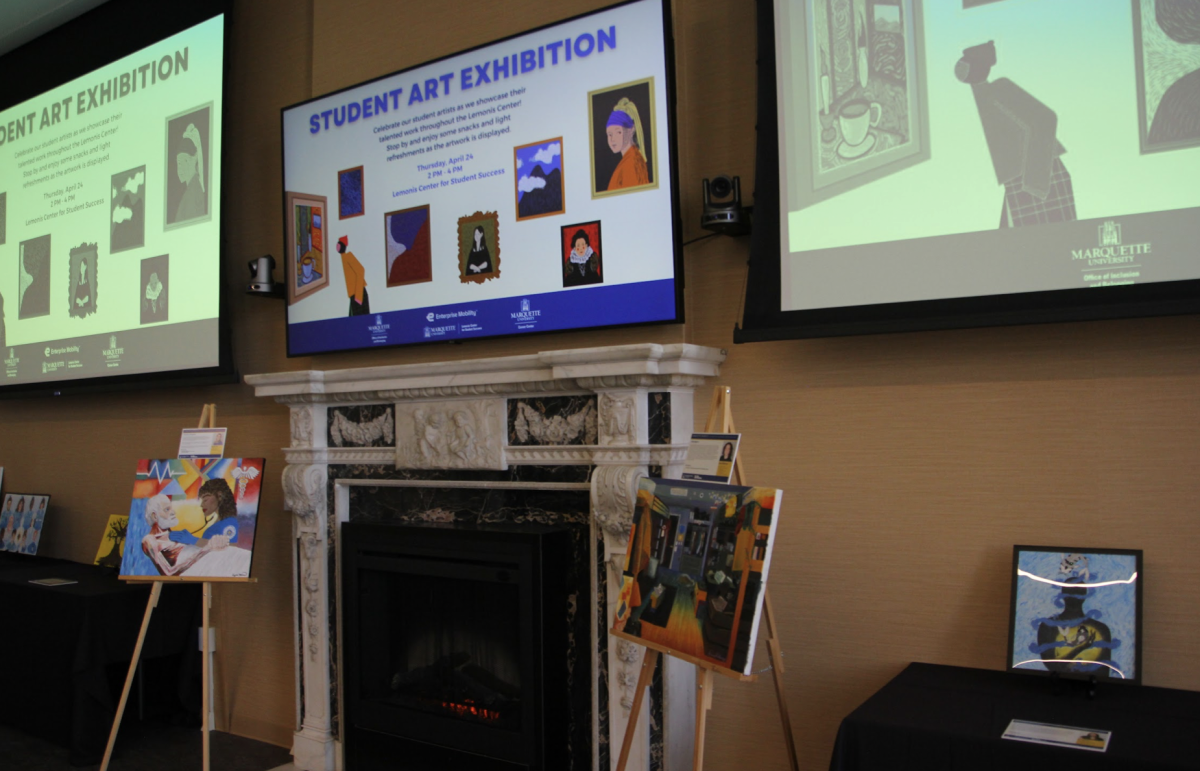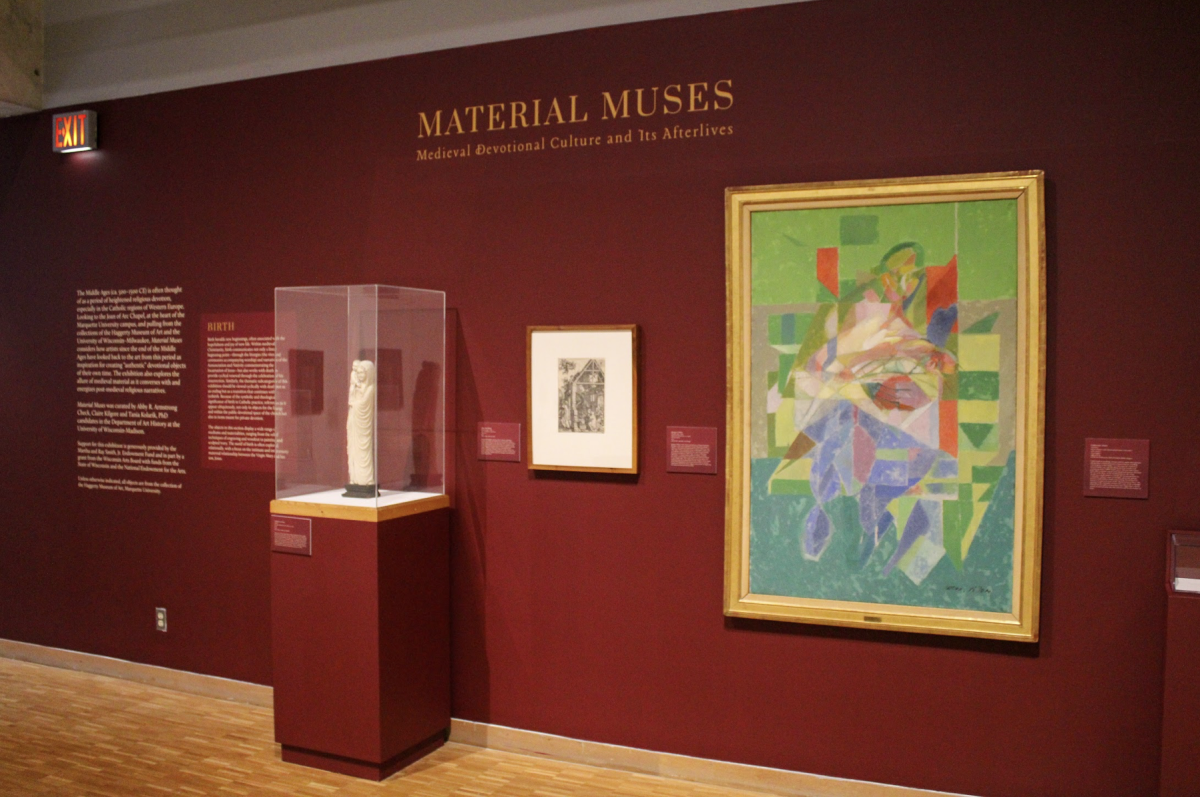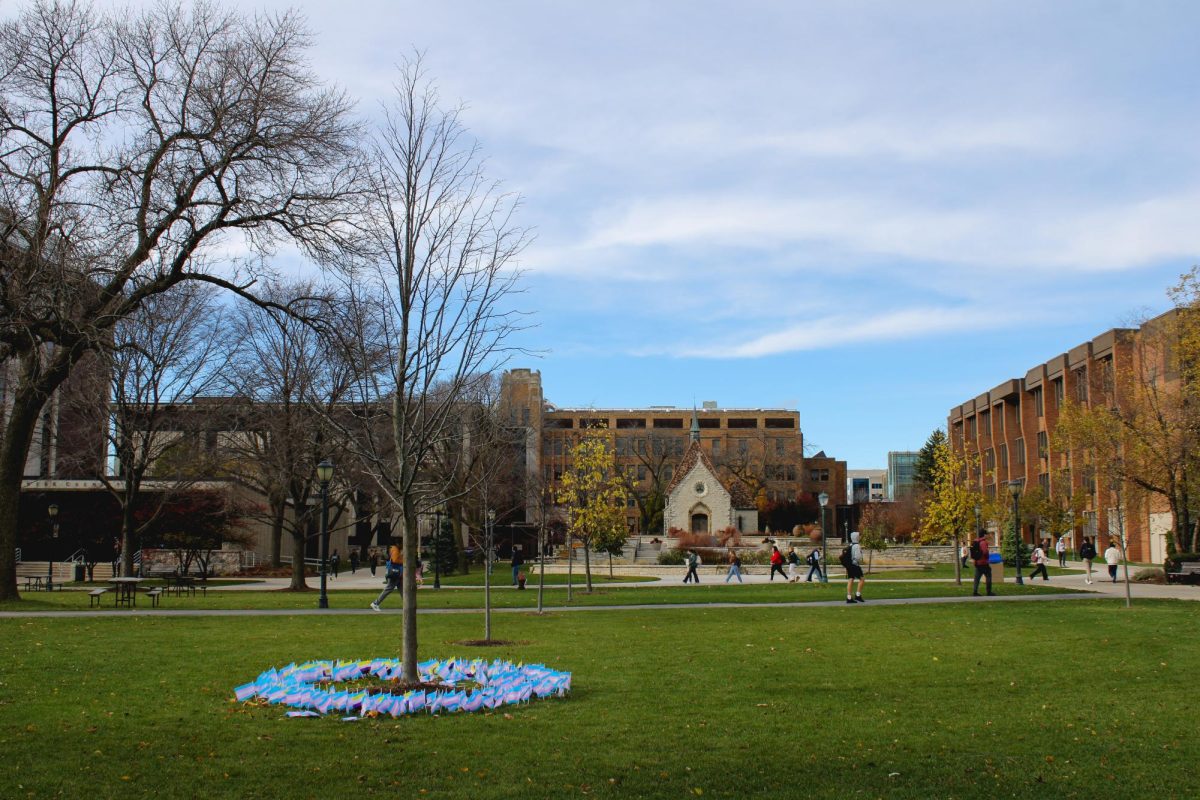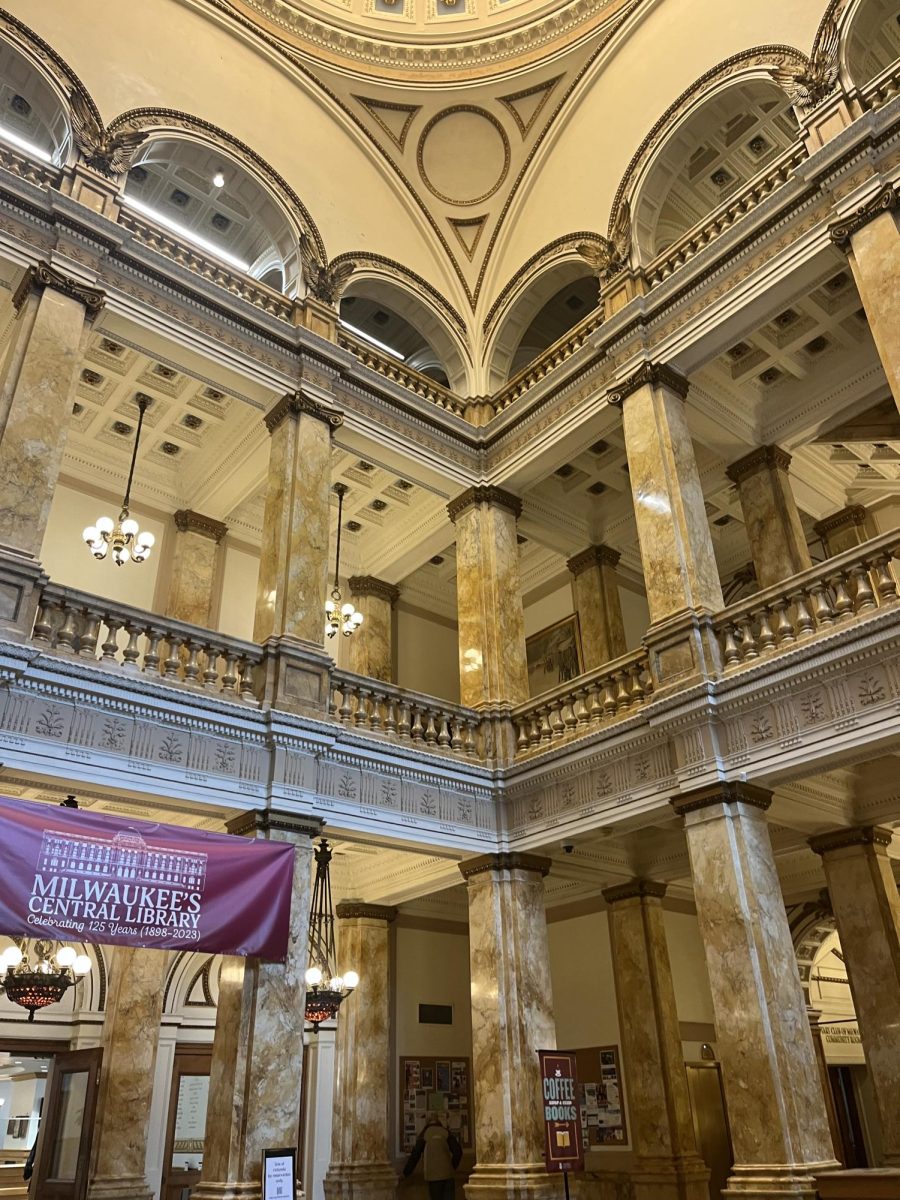A $146,404 federal grant from the Institute of Museum and Library Services will go directly toward funding a collaborative art project between the Haggerty Museum of Art, artist Mary Miss and the City as Living Laboratory.
The project, called Watermarks, showcases the important role water has in everyday life.
Susan Longhenry, director and chief curator at the Haggerty, said the Watermarks project began when she became director about two years ago.
Longhenry attributes the idea of Watermarks to Miss, who designed Milwaukee’s riverwalk.
“She came up with the general concept,” Longhenry said. Watermarks calls out things happening in Milwaukee having to do with the importance of water in our lives.”
Miss said the project is not a single entity, but something that will be received on an urban scale. She said it took time to figure out how to create a project for the size of a city.
Miss said she feels the connection every person has to water is vital to showcase.
“Water has been something that has been really fascinating to me. It was more about trying to reveal the connections between the built and the natural environment … all the forms it takes, how important it is to life,” she said.
The project will be an “urban-scaled atlas of sculptural markers that call out Milwaukee’s ‘water story’ at specific locations in Milwaukee’s Inner Harbor, the confluence of Milwaukee’s three rivers and Lake Michigan,” according to an abstract on Watermarks from the Haggerty Museum of Art,
These sculptural markers will range from 14 to 50 feet tall, and will be 3-D diagrams with letters on each pole, acting as pins to bring attention to different aspects of the bodies of water throughout the city. Some examples of these include “L is for Lake,” and “R is for Rain-Garden.”
The first marker is not expected to be implemented until next summer in the Walker Square area.
“There’s been discussion the last couple years about museums being anchors,” Longhenry said. “We want to rethink the role a museum can play in a university and in a community.”
The connection with Marquette and the Haggerty is an important part of the project, as they serve as a place for people to connect with arts and the humanities, according to a statement from IMLS director Kathryn K. Matthew.
“As centers of learning and catalysts of community change, libraries and museums connect people with programs, services, collections, information and new ideas in the arts, sciences and humanities,” she said.
Planners will also work with neighborhood communities to get people thinking about how water impacts their lives. Collecting stories from historians and community members will be an integral task to furthering the project, according to the Haggerty’s abstract.
Miss said she believes this community dialogue aspect is also a key aspect of the plan.
“One of the things that is most important to me is how you can engage people on the street in their own communities with these pressing issues,” Miss said.” You have to find a way to engage people over a period of time.”

